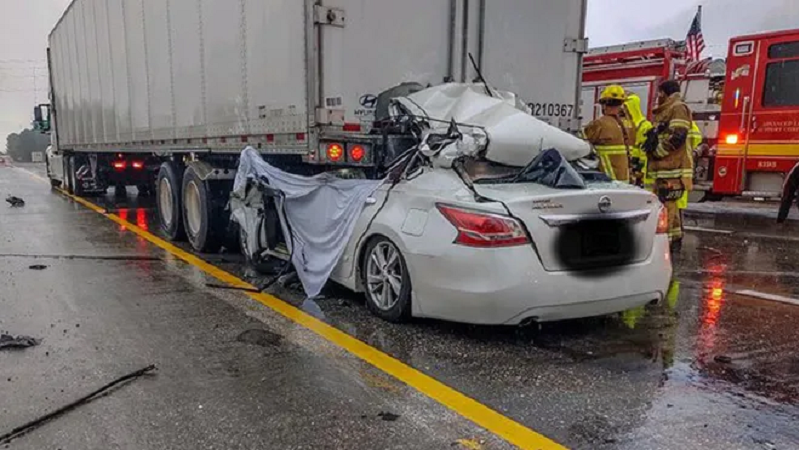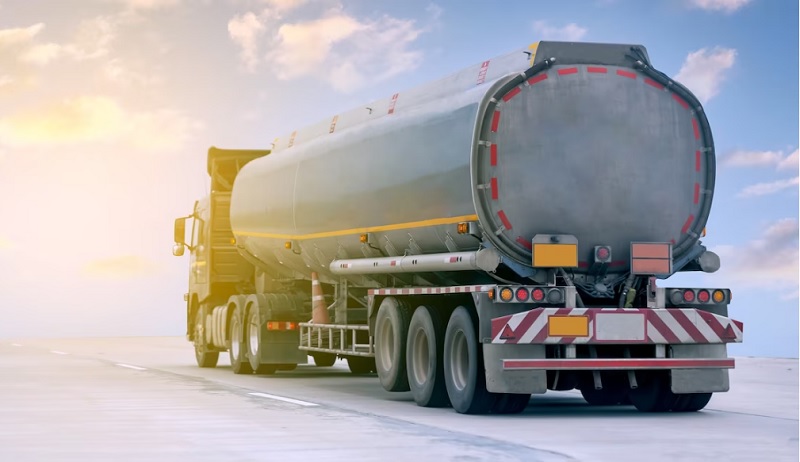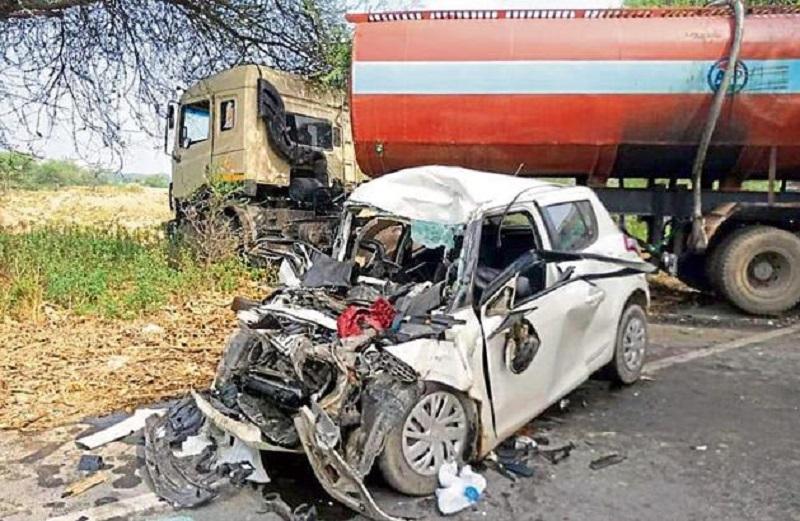
Installation of Rear and Lateral Under Run Protective Devices: PESO Guidelines
The Petroleum and Explosives Safety Organization (PESO) has mandated all licensees/manufacturers/competent persons/stakeholders to install Rear and Lateral Under Run Protective Devices.
In this regard, PESO held virtual conference meetings with the representatives of Bulk L.PG transport contractors, the President, All India Bulk LPG Transporters Federation, OISI, ARAI, Ashok Leyland, IOCL, BPCL, VIPCL, BIS and PESO officers.
In the meeting, it was decided that all vehicles carrying large quantities of compressed gases covered under the Static and mobile pressure vessel (SMPV) rules, 2016 must install Rear and Lateral Under Run Protective Devices and issued guidelines for the same.
So, in this blog, we are going to discuss the significance of installing Rear and Lateral Under Run Protective Devices and how they can improve road safety.
Significance of Installing Rear and Lateral Under Run Protective Devices

Rear and Lateral Under Run Protective Devices are essential safety features for vehicles carrying bulk compressed gases.
They serve as a barrier between the vehicle and other road users, preventing vehicles from sliding under the trailer during collisions.
When passenger cars collide with heavy-duty trucks from the rear, they tend to penetrate underneath the truck bed and that is known as a “Truck Trailer Under-Ride crash”.
This is the cause of thousands of accidents each year, resulting in serious injuries and even fatalities.
In 2018 alone, there were at least 25,108 truck accidents resulting in fatalities, making it one of the top killers on the roads.
Above all, installation of Rear and Lateral Under Run Protective Devices can minimize the risk of catastrophic accidents and reduce the severity of injuries.
PESO’s Guidelines & Regulations for Installing Rear and Lateral Under Run Protective Devices

To prevent the crashes of vulnerable road users with large vehicles carrying compressed gases etc., according to the order issued by the Hon’ble High Court in Calcutta, No.17648 of 2021, Here are the SOP and instructions for installing RUPD and LUPD:
SOP and Instructions for Installing RUPD and LUPD
1. As per IS-14812(2005), IS-14682 (2004), OISD-159 and Central Motor Vehicles (CMV), 1989 – latest, all vehicles which have already been licensed or are proposed for licensing under FORM LS-2 of the Static and Mobile Pressure Vessel Rules (U), 2016 shall install Rear and Lateral Under Run Protective Devices.
2. Before installing an under-run protection device, the mobile pressure vessels that are licensed to transport explosive and toxic gases must be anaesthetised and cleaned at a de-gassing station approved by the PESO.
3. Only PESO-approved fabricators shall manufacture and install the rear and lateral underrun protection devices.
4. Existing vehicles that have been approved by SMPV(U) Rules (Forms LS-2 and LS-3) 2016 shall be required to install the RUPD & LUPD while undergoing periodic safety relief valve/hydro testing following Rules 18/19 respectively, whichever is earlier.
To do so, no new prior approval must be obtained from the PESO for mounting drawings or modifications in the license.
5. According to Rule 124 of the CMVR Rules, 1989, mobile pressure vessel vehicles are due to be licensed w.e.f. 01/11/2023 shall provide mounting drawings depicting the Rear and lateral under-run protection device.
Under SMPV (U) Rules 2016, approved fabricators must obtain PESO approval of the mounting drawing for this purpose.
6. After the installation of the RUPD & LUPD, the maximum weight for the compressed gas that the vehicle is intended for shall be no more than the difference of the vehicle’s gross permissible weight by RTA with its unladen weight.
7. Under the SMPV (U) Rules, 2016, the competent person must verify and certify that the RUPD & LUPD are present in the rear and lateral underruns, in the “Remarks” column.
8. All fire and explosion safety precautions must be taken during the installation of Rear and Lateral Underrun Protection Devices.
Note- The stakeholders must ensure compliance with these guidelines without fail when installing rear and lateral under-run protection devices.
For further information, please refer to the circular issued by PESO on the installation of RUPD and LUPD on vehicles covered under the SMPV (U) Rules of 2016.
Benefits of Compliance while Installing Rear and Lateral Under Run Protective Devices

1. Reduced Fatalities: These protective devices can help reduce the number of people who die in accidents involving big compressed gas transport vehicles.
2. Lower Injury Severity: Even if accidents happen, the severity of injuries to passengers will be considerably reduced due to the protective barriers.
3. Legal Compliance: Adhering to PESO guidelines ensures legal compliance and helps transporters avoid fines and penalties.
4. Enhanced Reputation: Transporters who pay attention to safety can help build a good reputation and that can lead to more business opportunities.
VINCULAR: One-Stop Solution for all your Compliance Needs!
As India’s leading provider of regulatory compliance services from testing and certification to consultation, VINCULAR strives to make your regulatory compliance journey as easy as possible.
Moreover, our team of experts, with over 200 years of combined experience, is committed to helping you get PESO Certification so that you can comply with the latest regulations to stay ahead of the competition.
To know more about us visit our website www.vincular.in